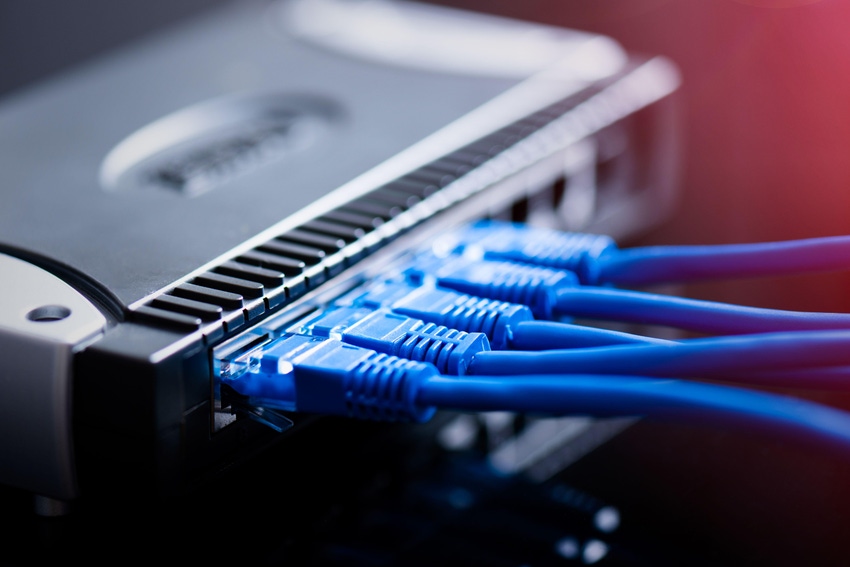Nearly half of ACP households are using it for fixed broadband – FCC
FCC Chairwoman Jessica Rosenworcel told members of Congress the ACP is subsidizing fixed broadband for nearly 10 million of the 22 million households enrolled. The FCC released guidance on ending the program last week.

In a letter to a group of Republican lawmakers, FCC Chairwoman Jessica Rosenworcel confirmed that the Affordable Connectivity Program (ACP) is subsidizing fixed broadband services for nearly 10 million of the 22 million households enrolled in the program thus far.
"This includes approximately 2.7 million households that are eligible [through] a school breakfast and lunch program and over half a million households that were eligible through a Veterans or Survivors Pension," added Rosenworcel.
The letter was a response to an inquiry the lawmakers sent to Rosenworcel last month, requesting more information on who the ACP is serving – including how many mobile subscribers versus fixed broadband subscribers – and efforts undertaken by the FCC to track the program. The letter also took issue with the fact that the ACP – which provides a $30 monthly broadband subsidy – does not explicitly target disconnected households, which Rosenworcel said in her reply is in line with the law.
"Congress included a provision on consumer protection and outreach that specifically requires providers to notify existing subscribers at the time they renew a broadband subscription of the availability of the ACP. As a result, providing the ACP benefit for both new adopters and existing low-income subscribers is consistent with the law," she wrote.
"It also assists with closing the digital divide," Rosenworcel added. "Indeed, data shows that a sizeable number of low-income households experience subscription vulnerability after they adopt broadband, meaning their service may be disconnected due to inability to pay."
According to Rosenworcel, other key stats include that roughly 4.6 million ACP subscribers are over the age of 65; and 3.3 million participating households are eligible based on their participation in the National School Lunch or National School Breakfast Program, suggesting the benefit is reaching millions of school-aged children.
Winding down
Rosenworcel's response to members of Congress comes as the FCC released its wind-down guidance last week, instructing 1,700 participating service providers of when and how they need to communicate with their ACP participants that the benefit is ending. Without action from Congress to fund the program, the FCC said it expects the ACP to have enough funding through April 2024, ending completely in May.
That guidance states that providers are required to send three notices; the first one within 15 days of the guidance issued on January 11, letting ACP households know "about the possibility of program termination and the potential impact on their broadband service and bills."
The second notice is to follow after the FCC releases a 60-day notice announcing the end of the ACP, and the third notice during the final ACP billing cycle.
These notices must include "(1) the date of the last bill on which the full ACP benefit will be applied and (2) the amount that the household will be billed for the service once the full ACP benefit is no longer available and/or that the household will be subject to the provider's undiscounted rates and general terms and conditions after the end of the ACP."
Providers must also get ACP participants to opt in to continue receiving service after the benefit ends, said the FCC. Providers are also welcome to send more than three notices.
Furthermore, the FCC has said it will freeze ACP enrollments beginning on February 8, 2024. The Commission will also "pause certain activities related to advertising, awareness, and outreach," including a series of grant and pilot programs launched to promote the ACP. Specifically, it will "coordinate on communications and instructions to grant recipients and pilot participants on the need to cease grant-funded outreach work and other pilot-related activities that focus on enrollment activities as a result of the enrollment freeze."
Funding hopes dimming
While a bipartisan and bicameral group of lawmakers introduced a bill to fund the ACP with $7 billion last week, which would essentially extend the program through the end of the year, there's broad concern throughout the industry that the funding won't get passed. Or that if it does, it'll be too late to avoid chaos and confusion around the wind-down process. Others think it's more likely the ACP doesn't get funded and instead gets sorted out in a bill to reform the Universal Service Fund (USF). But it's unclear if that's on the table this year.
Nevertheless, the issue is casting a shadow over the federal government's $42.5 billion Broadband Equity Access and Deployment (BEAD) program, the success of which rests on people being able to afford to subscribe to broadband services.
"This whole program is about this segment that we're trying to buoy up to ... have opportunities for jobs and education and health care. And we're screwing with them," said Gary Bolton, CEO of the Fiber Broadband Association, about the ACP on a webinar this morning. "It is very frustrating to see these things riding down to the last second ... we've got to fund this bill."
Read more about:
ACPAbout the Author(s)
You May Also Like












